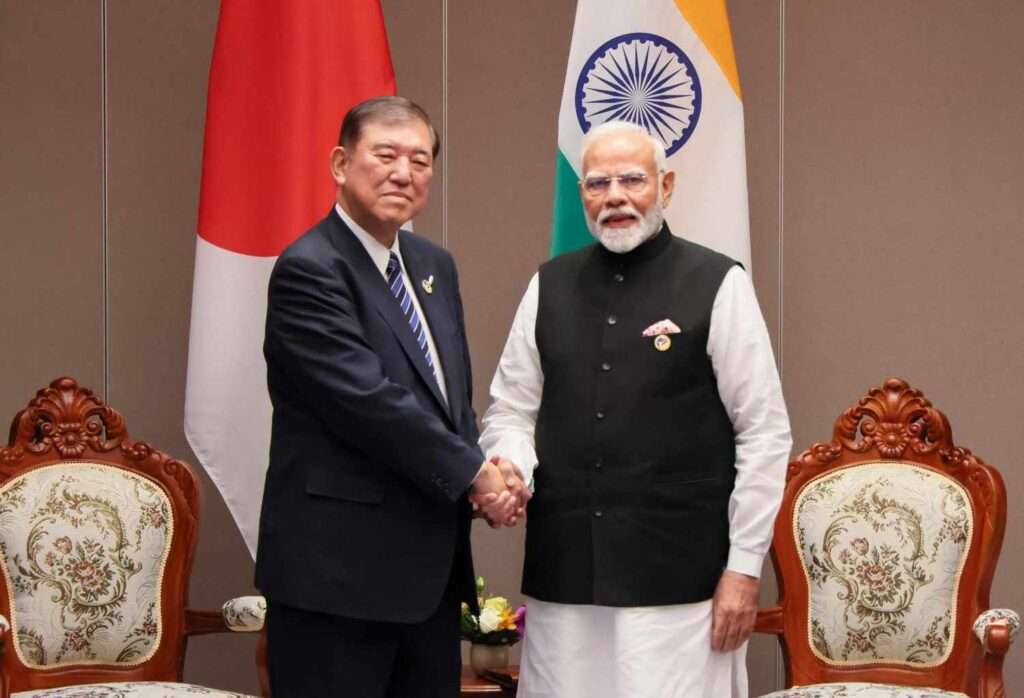In the context of the strategic ambiguity currently developing in India-U.S. relations, it is anticipated that Prime Minister Narendra Modi will now shift the focus of his diplomatic focus to East Asia. A high-level visit to Japan is reportedly underway by the end of August where Prime Minister has a confirmed meeting with his Japanese counterpart, Shigeru Ishiba. The visit will add to the significance of the Quad (the strategic grouping of India, Japan, the U.S., and Australia) amid changing interests in global alliances and Washington’s changing trade disposition.
While the U.S. re-adjusts its global focus, one can expect spillover effects on multilateral forums such as the Quad. Prime Minister Narender Modi’s rounds in Tokyo are likely aimed to reconfirm commitments to shared interests in Indo-Pacific stability, economic cooperation, and defence alignment. Meanwhile, the upcoming Shanghai Cooperation Organisation (SCO) summit in China, scheduled for August 31–September 1, adds another layer of geopolitical complexity. There is no official confirmation of Prime Minister Modi’s participation, especially given the lingering tensions with China since the 2020 Galwan clash.
Prime Minister Narendra Modi’s possible twin-track diplomacy, with Tokyo and a cautious approach towards Beijing, reflects India’s bid to balance its strategic interests amid an increasingly multipolar world order.

